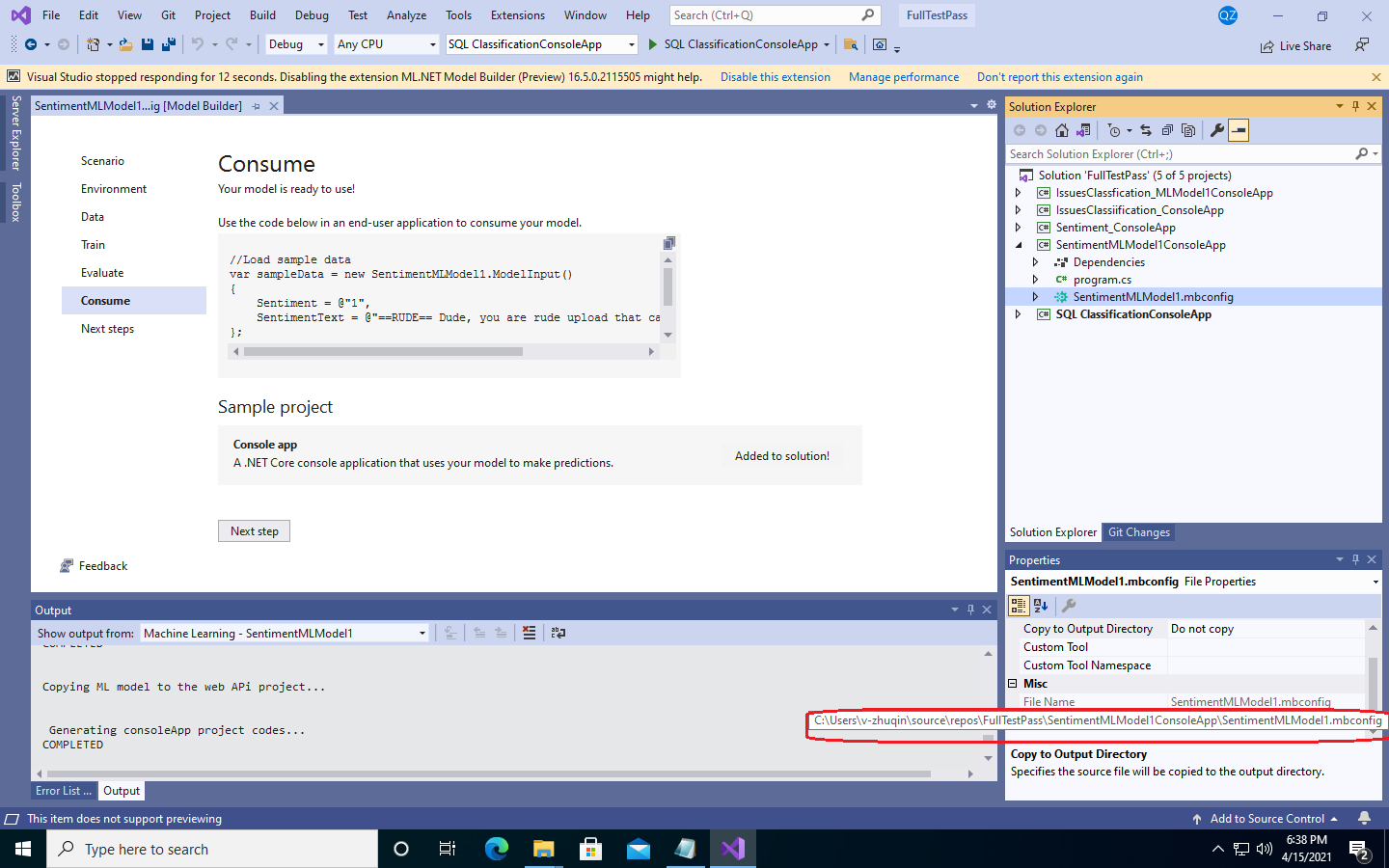Shaker Cabinet Pull Placement: Cabinet Pull Placement Shaker


Right, so we’ve sorted the nitty-gritty of placement – now let’s get into the aesthetic side of things. Choosing the right pulls for your shaker cabinets isn’t just about functionality, it’s about nailing that perfect look. Think of it as the jewellery for your kitchen.
Shaker Cabinet Pull Styles and Their Visual Impact
The style of your cabinet pulls significantly impacts the overall feel of your kitchen. Cup pulls, for instance, offer a clean, minimalist vibe, often associated with contemporary or transitional designs. Their recessed nature provides a subtle elegance, avoiding any visual clutter. Bar pulls, on the other hand, project a more modern, industrial feel, especially in longer, sleek designs. They can add a touch of boldness and sophistication, particularly in larger kitchens. Finally, knobs, while perhaps seeming more traditional, can be incredibly versatile. Small, delicate knobs lend a cottage-core charm, whereas larger, statement knobs can add a touch of retro flair. The choice depends entirely on the desired aesthetic. Consider the scale of your cabinets; larger cabinets can handle bolder pulls, while smaller cabinets might benefit from more delicate options.
The Effect of Different Finishes on Shaker Cabinet Pulls
The finish of your pulls is equally crucial. Imagine a kitchen with brushed nickel pulls. The subtle, matte finish offers a sophisticated, understated look that works brilliantly in contemporary and transitional kitchens. It complements light and dark cabinetry equally well, creating a sense of calm. Oil-rubbed bronze, in contrast, offers a richer, warmer tone. This finish works exceptionally well in traditional or rustic kitchens, adding a touch of vintage charm. Its slightly aged appearance can complement darker wood tones beautifully. Polished chrome, finally, brings a bright, modern feel. It’s a classic choice that works well in a variety of settings, but particularly shines in sleek, minimalist kitchens. It reflects light effectively, adding a sense of spaciousness. The key is to consider the existing colour palette and overall style of your kitchen.
Incorporating Cabinet Pull Placement into Cohesive Kitchen Design
Pulling it all together requires a holistic approach. Consider your countertops, backsplash, and flooring. A kitchen with marble countertops and a white subway tile backsplash would benefit from sleek, minimalist pulls in brushed nickel or polished chrome. This maintains a clean, sophisticated look. If you’ve got butcher block countertops and a terracotta backsplash, oil-rubbed bronze pulls would add warmth and character, creating a cohesive rustic aesthetic. Think about the overall flow and how the pulls interact with the other elements. Consistency is key. For example, using the same finish for all your pulls creates a unified feel. A mix of styles might work if done thoughtfully, but too much variety can look cluttered. Ultimately, the goal is to create a space that feels both stylish and harmonious.
Shaker Cabinet Pull Placement: Cabinet Pull Placement Shaker


Right then, let’s delve into the nitty-gritty of getting those shaker cabinet pulls installed like a pro. We’ve covered placement theory, now it’s time for the practical application. Think of this as your definitive guide to avoiding those pesky DIY disasters.
Shaker Cabinet Pull Installation: A Step-by-Step Guide, Cabinet pull placement shaker
Accurate pull placement is key to a top-notch finish. A wonky pull screams amateur hour, so let’s get this right. The following steps will ensure a professional result, even for the most kitchen-challenged amongst us.
- Gather your tools: You’ll need a tape measure (accurate to the millimetre, darling!), a pencil, a level (essential for avoiding wonky pulls), a drill with the correct drill bit size for your pulls, and of course, your pulls themselves. Don’t forget a screwdriver – the right one for your pull’s fixings.
- Measure and mark: This is where precision is paramount. Measure carefully from the top edge of the cabinet door or drawer front to determine the desired pull height. Consistency is key; use the same measurement for every pull. Mark the centre point of each pull using your pencil. Imagine a perfectly symmetrical line running down the middle of your cabinet doors; this will be your guiding principle.
- Double-check: Before you even think about drilling, check your markings. A second pair of eyes is always a good idea. Use the level to ensure your markings are perfectly horizontal. A slightly off-kilter pull is instantly noticeable.
- Drilling: Use a drill bit slightly smaller than the diameter of your pull’s mounting screws. Drill pilot holes at your marked centre points. This prevents the wood from splitting and makes the screw insertion a breeze. Go slow and steady, avoiding any jerky movements.
- Attach the pulls: Carefully align the pull with your pilot holes and insert the mounting screws. Tighten securely, but avoid over-tightening, which could damage the wood or the pull itself. Admire your handiwork!
Troubleshooting Shaker Cabinet Pull Installation
Even the most seasoned DIY-er can encounter a few snags. Here are some common problems and their solutions:
- Misaligned pulls: This usually stems from inaccurate measuring or marking. The solution? Carefully remove the offending pull, re-measure, re-mark, and re-install. Take your time, and remember, patience is a virtue.
- Difficulty drilling holes: This can be caused by using the wrong drill bit, drilling at an awkward angle, or encountering a particularly knotty piece of wood. Use the correct drill bit size, work slowly and steadily, and consider using a pilot hole for harder woods.
- Stripped screw holes: Over-tightening is the culprit here. If this happens, you may need to use wood glue to fill the hole, let it dry, and then re-drill a new pilot hole. A slightly larger screw might also be needed.
- Uneven spacing: This often results from hasty measuring. The solution is simple: remove the pulls, carefully re-measure, and reinstall, ensuring consistent spacing between each pull.
